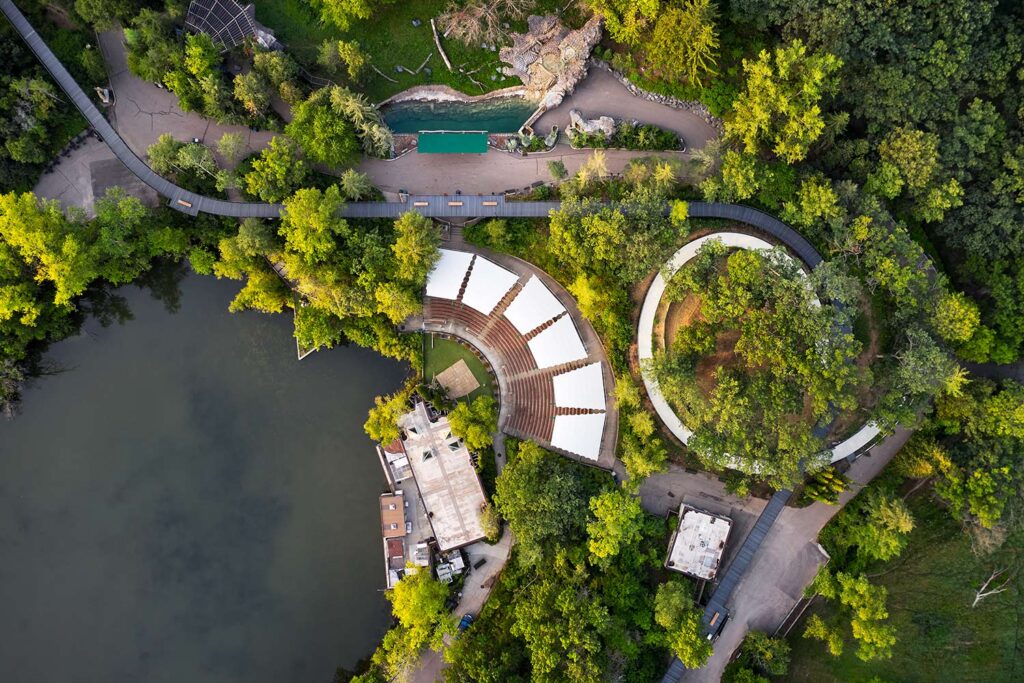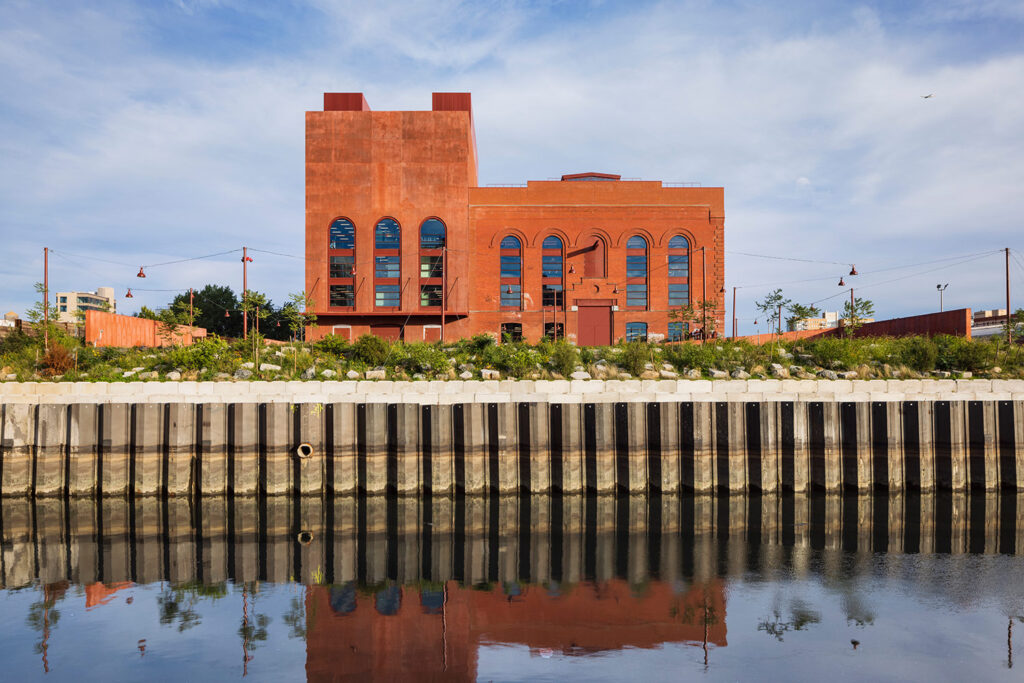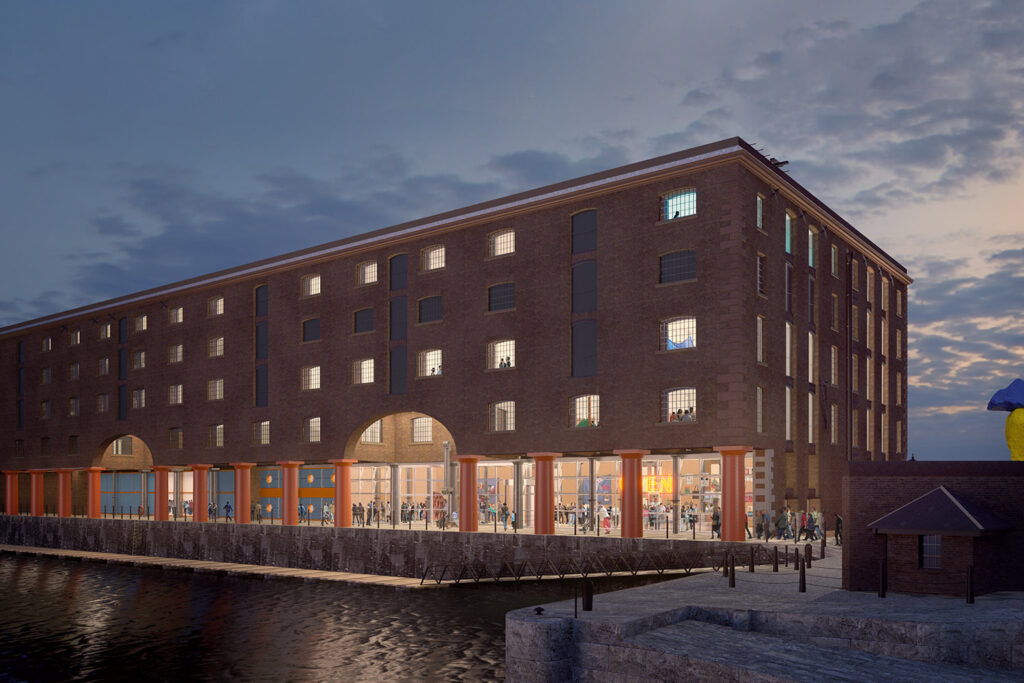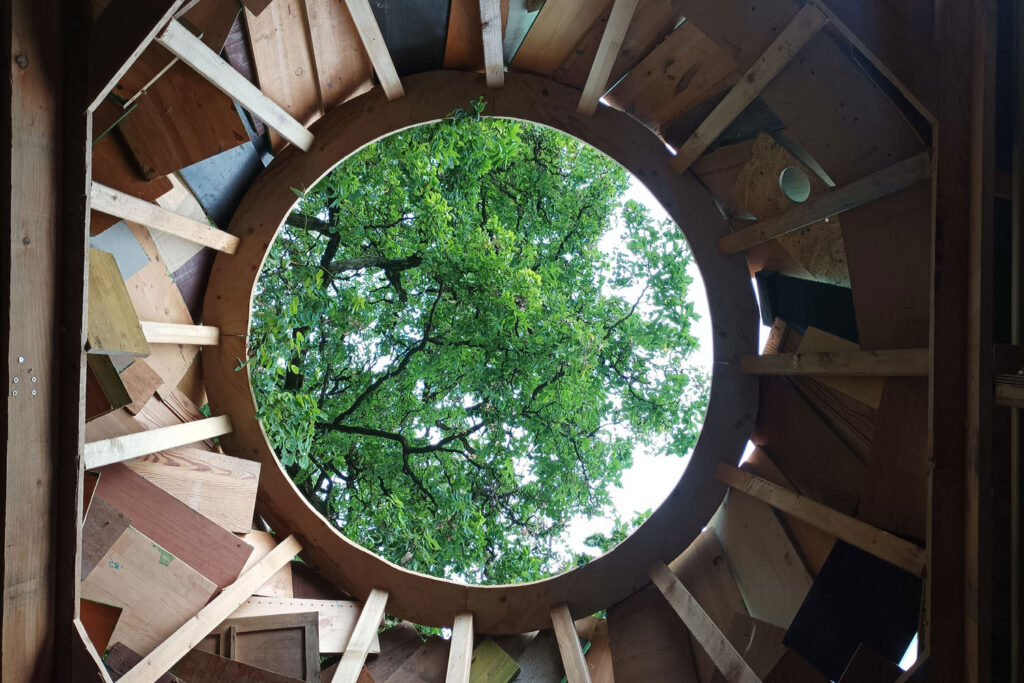A competition to reimagine the New York state canals
Buro Happold is helping the New York State Canal Corporation and its parent, the New York Power Authority to reimagine the future of the State’s canal network.
Key upcoming dates (see full timeline at end of page):
Q & A deadline 27 Nov 2017
Stage one submissions 5 Jan 2018
In celebration of the 200th anniversary of the Erie Canal, the New York State Canal Corporation (Canal Corporation) and its parent the New York Power Authority (NYPA) hired Buro Happold to help them launch the ‘Reimagine the Canals‘ Competition to solicit visionary and implementable ideas to promote economic development and tourism, and improve the financial sustainability of the New York State Canal System.
The Canal System is composed of the Erie Canal, the Oswego Canal, the Cayuga-Seneca Canal, and the Champlain Canal. When built, it opened access to ports across the Great Lakes and contributed to the growth of cities, towns and villages along its banks.
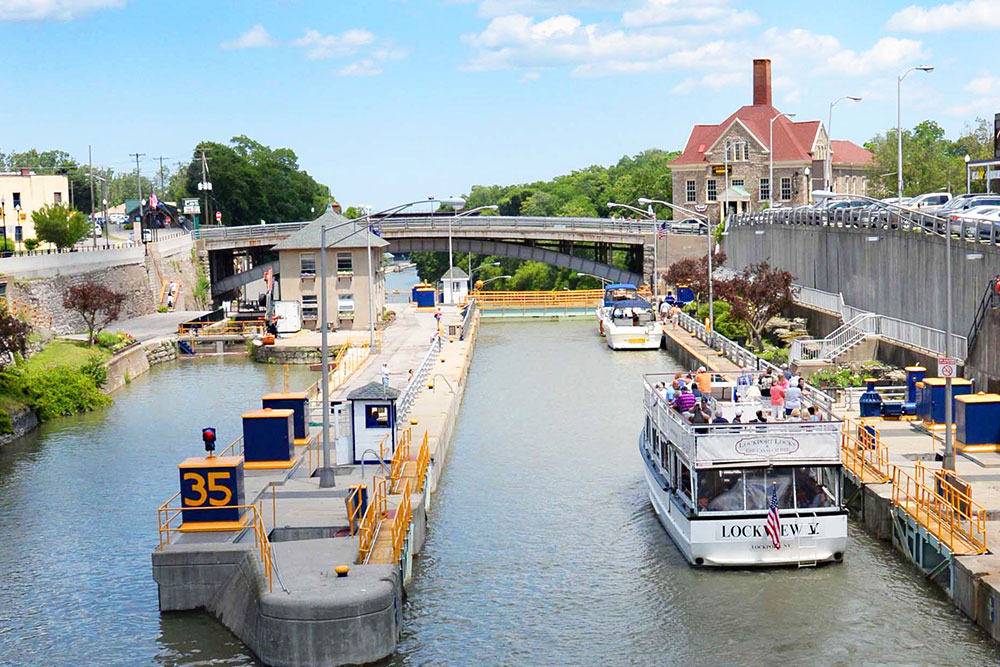
Today, commercial traffic is limited and represents only a small fraction of the millions of tons of cargo once shipped annually. Pleasure boating activity levels have also fallen at only half what they once were. Yet the canals and its infrastructure (including locks, guard gates, and lift bridges) require continued maintenance and investment to guarantee safe passage.
In contrast to the decreasing activity on the canal itself, recreational uses along it – from hiking and bicycling in spring, summer, and fall to cross-country skiing and ice fishing in winter – have grown in popularity. To date, however, much of the Canal System’s potential to stimulate tourism and economic activity in the communities along its corridor remain untapped.

Buro Happold is running the Reimagine the Canals Competition on behalf of NYPA and the Canal Corporation. We are seeking bold ideas for infrastructure projects and programming initiatives that foster economic development and tourism, promote the Canal System’s heritage, and improve its long-term financial sustainability.
Multidisciplinary teams responding are likely to include urban designers, architects, planning and community specialists, hydrologists, infrastructure engineers, development economists, local officials and developers. Selected ideas will be awarded up to $2.5 million towards project planning and implementation.
More details about the submission guidelines, eligibility, jury, deadlines and awards can be found on the competition website.
Competition timeline:


